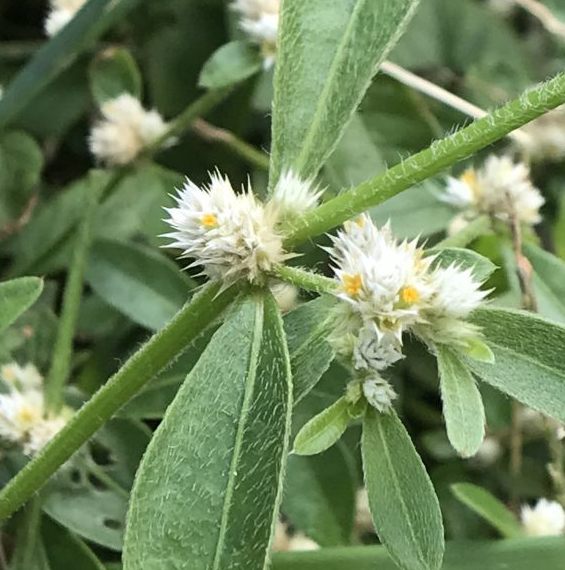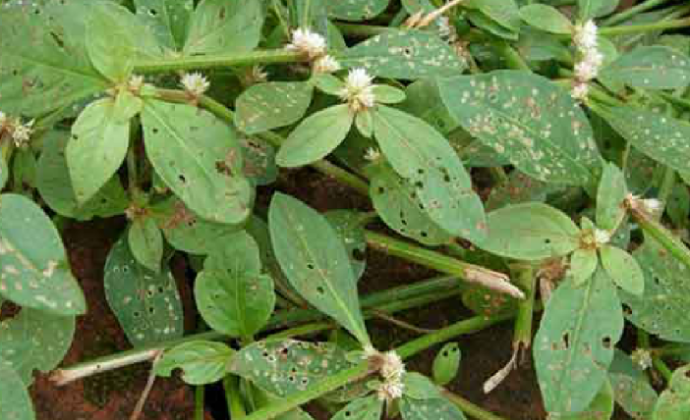Ponnanganni Plant
Perennial herb to 1 m, Ponnanganni yields green or red leaves. Asian native, thrives in warm, moist conditions. Edible and medicinal, ideal for stir-fries or soups.

Habit
Perennial herb
Height
0.1-1 m
Growth
Fast
Soil
Moist, fertile
Shade
Full sun to part shade
Moisture
High
Edible
Yes (leaves)
Medicinal
Yes (eye health)
Origin
Asia
Climatic Condition
Tropical
Temperature (°)
20-32
Humidity (%)
60-80
Potting media
Loam+Compost
Fertilizers
NPK(5:10:10)
Watering
Every 2-3 days
Plant Weight
~0.1-0.5 kg
Flowering Time
Year-round
Soil Ph level
6.0-7.5
Water Ph level
6.0-7.0
Soil EC
0.5-1.5 mS/cm
Yield Per Plant
~0.1-0.3 kg leaves
NPK ratio
5:10:10
life Span
1-2 years
Health Benefits
Vision, skin health
Suggested Grow Media or Potting Mix ?
50% loam, 30% compost, 20% sand
Suggested Fertigation/Fertilizers
5:10:10 weekly
Common Diseases and Remedies
Stem rot, anthracnose, black band, powdery mildew, yellow mosaic, aphids, whiteflies, hairy caterpillar
Long blackened rotted areas on stem, dark brown to black lesions on stems and leaves, dark bands on stem with defoliation, white powdery growth on leaves, yellowing and mottled leaves with stunted growth, sticky residue and curled leaves, small white insects on leaves, holes in leaves
Remove and destroy affected plants, improve soil drainage and avoid waterlogging, use resistant varieties like D-154 or CVL-1, apply neem oil or sulfur spray, control aphids with insecticidal soap or neem oil, use insecticidal soap or neem oil, hand-pick caterpillars or use Bacillus thuringiensis (Bt)
Fungicides with carbendazim, fungicides with copper oxychloride, fungicides with mancozeb, fungicides with myclobutanil, no cure but control aphids with imidacloprid, insecticides with imidacloprid, insecticides with pyrethrins, insecticides with spinosad
